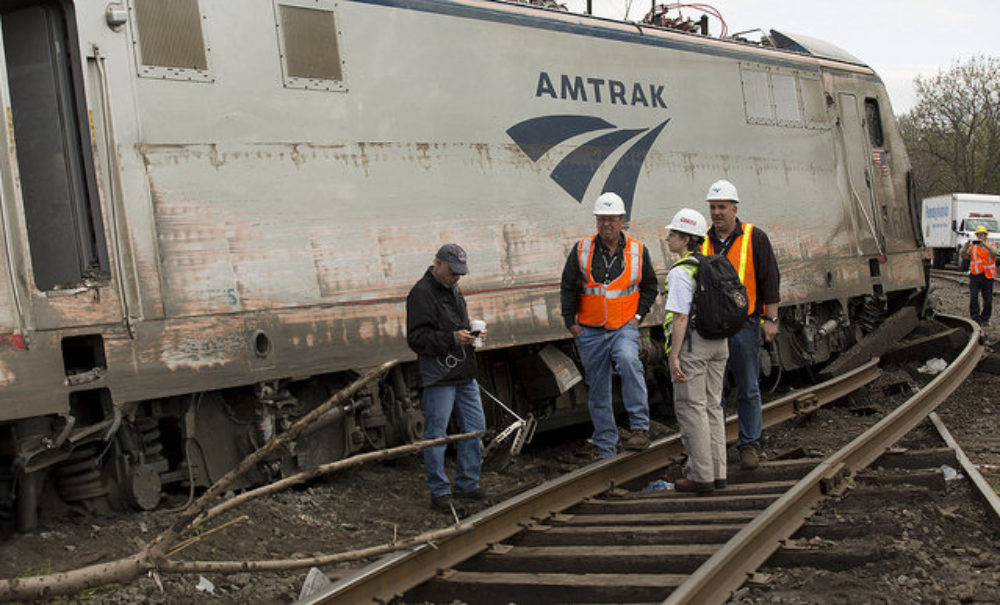Amtrak Supports MDL for Philadelphia Train Crash Lawsuits

According to a recent response filed with the U.S. Judicial Panel on Multidistrict Litigation (JPML), Amtrak agrees that all personal injury and wrongful death lawsuits filed over the Northeast Regional train derailment near Philadelphia in May should be centralized before one judge for coordinated pretrial proceedings.
Last month, a group of plaintiffs filed a motion to establish an Amtrak lawsuit MDL, or multidistrict litigation, to reduce duplicative discovery into common issues in the cases, avoid conflicting pretrial rulings from different judges and to serve the convenience of the parties, witnesses and the courts.
In a response (PDF) filed on June 30, Amtrak indicates that it agrees the cases should be centralized before U.S. District Judge Legrome Davis in the Eastern District of Pennsylvania, where most of the current complaints are already pending.

Did You Know?
Millions of Philips CPAP Machines Recalled
Philips DreamStation, CPAP and BiPAP machines sold in recent years may pose a risk of cancer, lung damage and other injuries.
Learn MoreThere are already at least 22 Amtrak train accident lawsuits filed in four separate U.S. District Courts, with additional claims expected on behalf of the 238 passengers injured in the crash.
“An MDL proceeding will promote coordinated discovery, reduce the costs of litigation, and enable cases to proceed more efficiently to resolution or trial,” Amtrak noted in the response.
All of the complaints involves similar allegations that Amtrak’s negligence caused the derailment of Northeast Regional Train 188 on May 12, after it went around a dangerous curve in the tracks at more than 100 miles per hour. The train was traveling from Washington, D.C. to New York, resulting in eight deaths and varying degrees of injuries for almost all others onboard the train.
While the accident is still under investigation, a team from the National Transportation Safety Board (NTSB) has determined that the train headed toward the turn at 107 m.p.h. when the engineer, identified as Brandon Bostian, hit the emergency brakes. The train took the turn at 102 m.p.h.; more than double the 50 m.p.h. speed limit, according to data recorders on the train, analyzed by the NTSB team.
In addition, that section of the tracks did not have a positive control system used across the region to automatically slow trains down when travelling at excessive speed. Congress has mandated that all railroads in the U.S. have such a system in place by the end of this year.
Some critics say the accident could have been avoided if a second engineer had been present on the train, which would have reduced the risk that the operator would have maintained the excessive speed heading into the dangerous part of the train tracks.
Get more articles like this sent directly to your inbox.
"*" indicates required fields





0 Comments